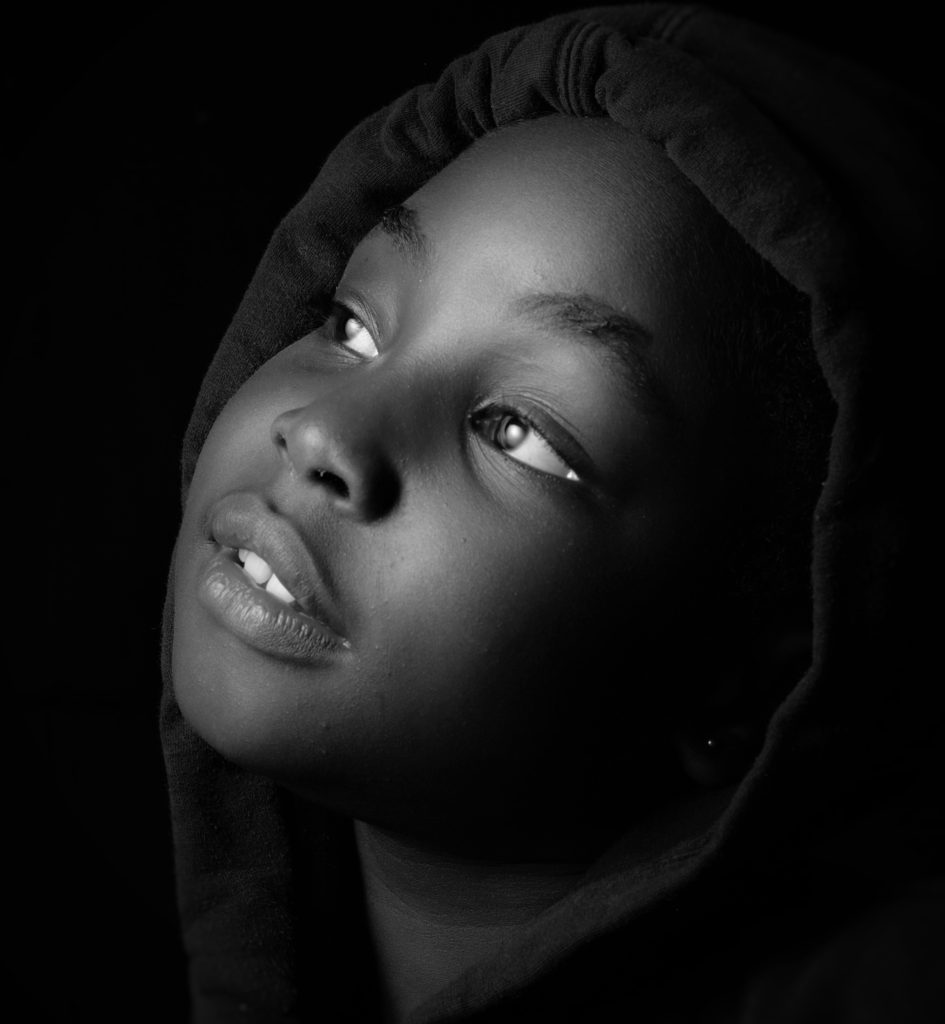4.2 Development and Enculturation

Development and Enculturation
Psychologists distinguish between human development and enculturation or socialization. Human development is viewed as the changes in physical, psychological, and social behavior experienced by individuals across the lifespan, from conception to death. Enculturation, also called socialization, is the process by which an individual becomes a member of a particular culture and takes on its values and behaviors. Neither human development nor enculturation stops. It is a lifelong process with accelerations and delays, changes in direction, sudden transitions, and long-term conversions. Human development is growth, decline, and modification (Shiraev & Levy, 2013).
So, how are such cultural behaviors learned? It turns out that cultural skills and knowledge are learned much the same way a person might learn to do algebra or knit. They are acquired through a combination of explicit teaching – being aware of rules, customs, and regulations within the culture and consciously sharing these with their children; and implicit learning – aspects of culture frequently unrecognized by people but that give direction to behaviors.
Read the scenario below:
As Lynn headed out shopping, she knew her four-year-old son was in a bad mood. He had been refusing to do their usual daily activities the entire morning, such as eating breakfast, brushing his teeth, or getting dressed. While driving to the grocery store, he tried to unbuckle his seat belt in the car. Finally arriving at the grocery store, he continued to whine for 20 minutes about a toy he saw at the store entrance. The mother’s patience finally ran out when her son ran away, and she had to chase him up and down the store aisles. Lynn caught him and spanked him three or four times. Her son reacted first with a brief and silent pause of embarrassment and then filled the store with a high-pitched scream, and his tears began to flow down his cheeks. “That’s horrible. You cannot treat your child like this,” a woman passerby said loudly as she pointed at Lynn. “You shouldn’t do that, ma’am,” uttered another woman. “At least not in a public place.”
Lynn could not understand why these strangers reacted in this way. What had she done to upset these people? In Lynn’s culture, spanking is an acceptable practice in child-rearing. Moreover, this type of physical punishment is a significant component of the child’s learning process in her home country, where parental authority in the family is seldom challenged, and most parental behavior is supported by the extended family. A study found that more than 50 percent of Southeast Asian parents reported having used physical punishment on their children at some point. However, the same survey found that among immigrant families, education and the experience of living in the United States decreased the spanking of children. Globally, affluence and education change parental attitudes toward using physical force against their family members (Shiraev & Levy, 2013).
Cultural teaching can take many forms. As discussed in Lesson 2, social learning occurs when behavior is taught or modeled to another. In child development, cultural shaping begins with the parents or caregivers. Caregivers teach their children, directly and indirectly, or by example, how to behave and how the world works. They may encourage children to be polite, reminding them, for instance, to say “Please” and “Thank you.” They teach kids how to dress in a way that is appropriate for the culture. They introduce children to religious beliefs and the rituals that go with them. They even teach children how to think and feel! This uniquely human form of learning, where the cultural tools for success are passed from one generation to another, is what is known as enculturation.
Enculturation Agents
Think back to an emotional event you experienced as a child. How did your parents react to you? Did your parents get frustrated or criticize you? Did they act patiently and provide support and guidance? Did your parents impose many rules on you or let you decide independently? Why do you think your parents behaved the way they did? Enculturation agents are individuals and institutions that shape individual adaptations to a specific culture to ensure growth and effectiveness.
As previously mentioned, parents and caretakers are the primary enculturation agents for their young. Psychologists have attempted to answer questions about the influences on parents and understand why parents behave the way they do. Because parents are critical to a child’s development, a great deal of research has been focused on parents’ impact on children. Parenting is a complex process in which parents and children influence one another.
The multiple influences on parenting are still being explored. Both caretakers and their children bring unique personality traits, characteristics, and habits to the parent-child dynamic that ultimately impact the child’s development. Culture also influences parenting behaviors in fundamental ways. Although promoting the development of skills necessary to function effectively in one’s community is a universal goal of parenting, the required specific skills vary widely from culture to culture. Parents have different goals for their children that partially depend on their culture (Tamis-LeMonda et al., 2008).
Other Enculturation Agents: Ecological Systems Theory
Bronfenbrenner’s Ecological Systems Theory (open YouTube video in new tab)
Contextual characteristics, such as the neighborhood, school, and social networks, also affect enculturation, even though these settings don’t always include both the child and the parent (Bronfenbrenner, 1989). For example, Latina mothers who perceived the neighborhood as more dangerous showed less warmth with their children, perhaps because of the more significant stress associated with living in a threatening environment (Gonzales et al., 2011). Urie Bronfenbrenner was a Russian-born American developmental psychologist most known for his ecological systems theory of child development. His scientific work and assistance to the United States government helped form the Head Start program in 1965.
Bronfenbrenner’s research and theory were key in changing the perspective of developmental psychology by highlighting many environmental and societal influences on child development. Bronfenbrenner saw human development as being shaped by the interaction between an individual and his or her environment. The specific path of development results from the influences of a person’s surroundings, such as their parents, friends, school, work, culture, etc. According to Melvin L. Kohn, a sociologist from Johns Hopkins University, Bronfenbrenner was critical in making social scientists realize that “…interpersonal relationships, even [at] the smallest level of the parent-child relationship, did not exist in a social vacuum but were embedded in the larger social structures of community, society, economics, and politics.”
Nature and Nurture – Internal and External Factors of Enculturation
Nature vs. Nurture: Behaviorism or Genetics? (open YouTube video in new tab)
The most basic question about child development is how nature and nurture together shape development. Nature refers to our biological endowment, the genes we receive from our parents. Nurture refers to the social and physical environments that influence our development, everything from the womb in which we develop before birth to the homes in which we grow up, the schools we attend, and the many people with whom we interact.
The nature-nurture issue is often presented as an either-or question: Is our intelligence (for example) due to our genes or to the environments in which we live? However, every aspect of development is produced by the interaction of genes and the environment. At the most basic level, without genes, there would be no child, and without an environment to provide nurture, there also would be no child. The nature-nurture debate concerns the relative contribution of genetic and environmental influences on human development. The concepts discussed in this section apply to these two developmental influences.
How nature and nurture work together can be seen in findings on visual development. Many people view vision as something that people are either born with or purely a matter of biological maturation. Still, it also depends on the right experience at the right time. For example, the development of depth perception, the ability to actively perceive the distance from oneself to objects in the environment, depends on seeing patterned light and having normal brain activity in response to the patterned light in infancy (Held, 1993). Suppose no patterned light is received, for example, when a baby has severe cataracts or blindness that is not surgically corrected until later in development. In that case, depth perception remains abnormal even after the surgery.

A child perceived to be attractive and calm may receive different care and attention from adults and, as a result, enjoy a developmental advantage.
Adding to the complexity of the nature-nurture interaction, children’s genes elicit different treatment from other people, which influences their cognitive development. For example, infants’ physical attractiveness and temperament are influenced considerably by their genetic inheritance, but it is also the case that parents provide more sensitive and affectionate care to easygoing and attractive infants than to difficult and less attractive ones, which can contribute to the infants’ later cognitive development (Langlois et al., 1995; van den Boom & Hoeksma, 1994).
Also contributing to the complex interplay of nature and nurture is the role of children in shaping their cognitive development. From the first days out of the womb, children actively choose to attend more to some things and less to others. For example, even 1-month-olds choose to look at their mother’s face more than at the faces of other women of the same age and general level of attractiveness (Bartrip et al., 2001). Children’s contributions to their cognitive development grow as they age (Scarr & McCartney, 1983). When children are young, their parents largely determine their experiences: whether they will attend daycare, the children with whom they will have play dates, the books to which they have access, and so on.
In contrast, older children and adolescents choose their environments to a more considerable degree. Their parents’ preferences largely determine how 5-year-olds spend time, but 15-year-olds’ preferences largely determine when, if ever, they set foot in a library. Children’s choices often have enormous consequences. To cite one example, the more children choose to read, the more their reading improves in future years (Baker et al., 2000). Thus, the issue is not whether cognitive development is a product of nature or nurture but how nature and nurture work together to produce cognitive development.
Watch the two videos below, which explain both nature—the biological processes of the brain in normal development—and nurture—enculturation agents and the cultural environment.
Experiences Build Brain Architecture (open YouTube video in new tab)
Serve & Return Interaction Shapes Brain Circuitry (open YouTube video in new tab)
As these videos illustrate, both biological and cultural processes are at play in a child’s development, especially during the early stages of life. Both nature and nurture combined lead to healthy development.
Media Attributions
- 5141691_6f95232c_1024x1024 © David P. Howard is licensed under a CC BY-SA (Attribution ShareAlike) license
- wadi-lissa-4U1x6459Q-s-unsplash © Wadi Lissa is licensed under a CC BY (Attribution) license

